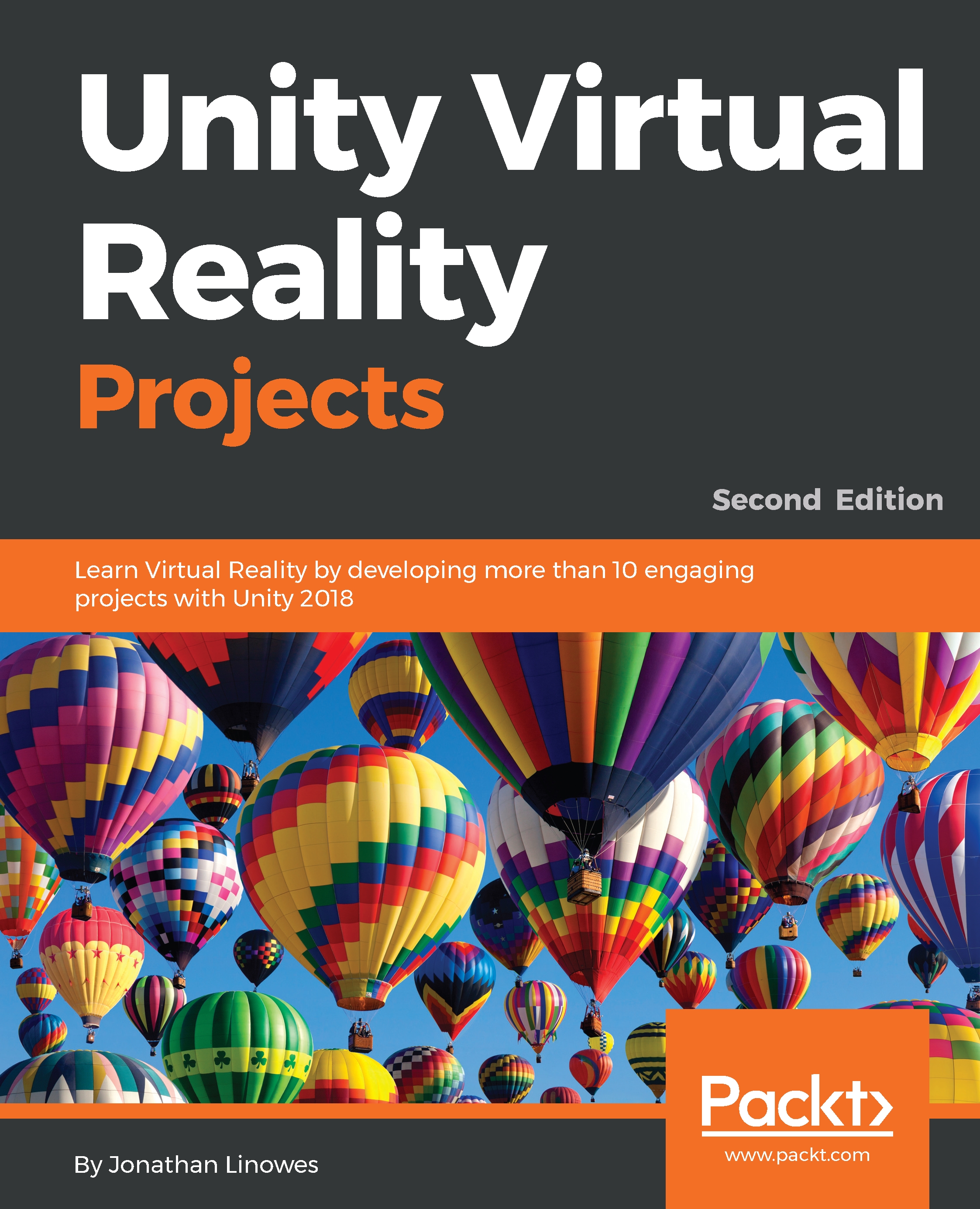Up to this point in this book, the player's point-of-view camera has been stationary. In this chapter, we'll start to move around as we consider various techniques for locomotion and teleportation. First, we'll dig deeper into the Unity standard character components, and then we move ourselves into a controllable first-person character and explore techniques to move around in the virtual world. We'll also discuss practices for managing motion sickness and sense of self within VR.
In this chapter, we will discuss the following topics:
- Unity's character objects and components
- Glide locomotion
- Comfort mode locomotion
- Teleportation
- Issues around VR motion sickness
Note that the projects in this chapter are separate and not directly required by the other chapters in this book. If you decide to skip any of it or not save your work, that...


